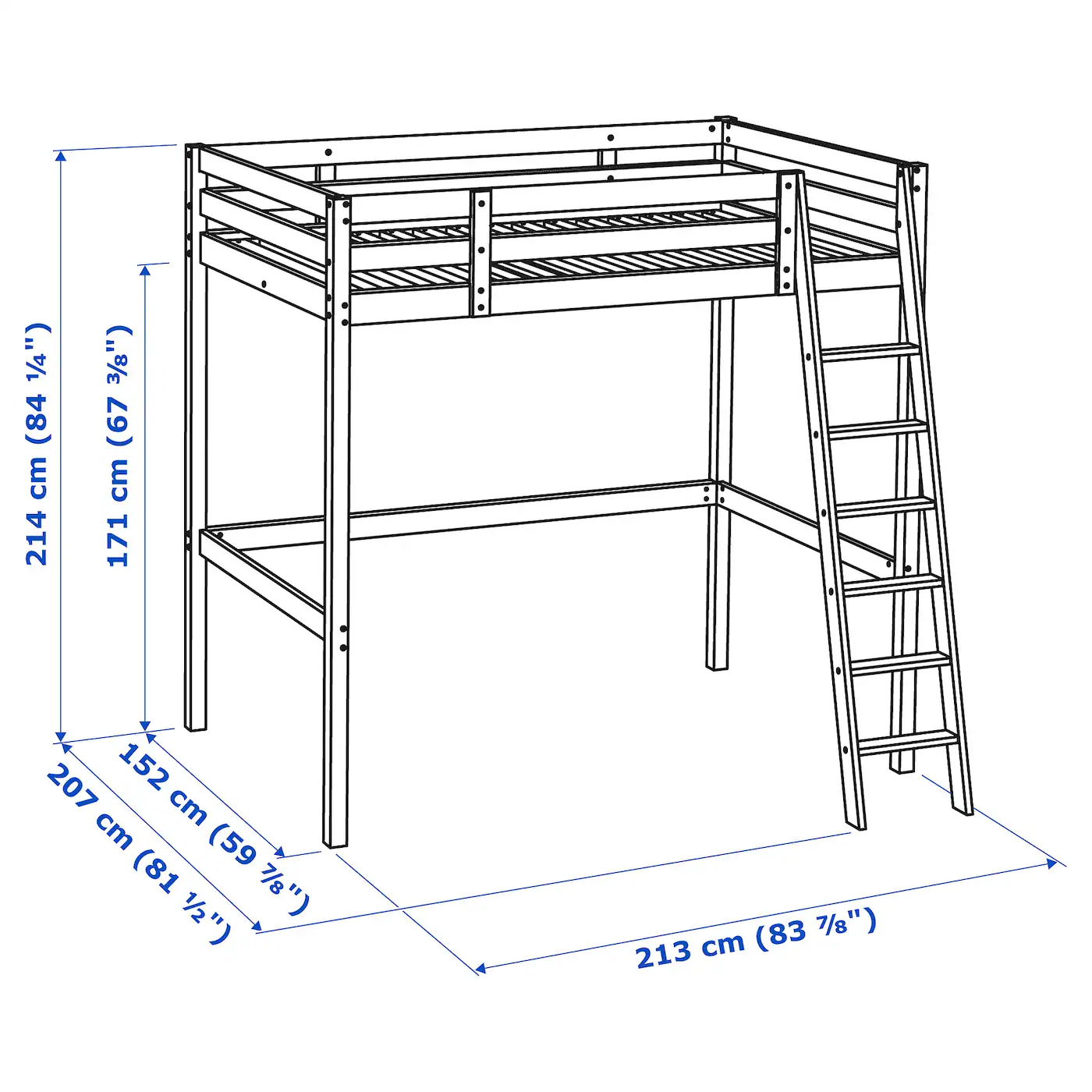Imagine a space within a space—that’s a mezzanine! These platforms add extra levels to your room, creating versatile areas for various purposes. However, determining the ideal height for your mezzanine is crucial, as it directly impacts safety, functionality, and compliance with building codes.
Finding the Sweet Spot: Standard Mezzanine Height
Embarking on the journey of adding a mezzanine to your space opens up a world of possibilities. It’s like gaining an entirely new room without expanding your footprint. However, one of the first hurdles you’ll encounter is determining the optimal height for this new level. Let’s break down the key factors to consider.
Safety and Building Code Requirements
Building codes are in place to ensure safety and structural integrity, and mezzanines are no exception. The International Building Code (IBC), widely adopted across the US, mandates a minimum clearance of 7 feet both above and below the mezzanine floor. This clearance ensures ample headroom for individuals moving on both levels.
Space Utilization and Accessibility
The height of your mezzanine plays a pivotal role in its accessibility and how effectively you can utilize the vertical space. Aim for a comfortable height of 6.5 to 9.8 feet. This range provides:
- Ample headroom: Prevents individuals from feeling cramped and allows for comfortable movement.
- Equipment operation: Accommodates the use of tools, machinery, or equipment without obstruction.
- Accessibility compliance: Ensures the mezzanine is accessible to everyone, including those with mobility impairments.
Floor Loading and Deflection Limits
Mezzanines need to be structurally sound to handle the weight of people, furniture, equipment, or inventory placed on them. Consider these factors:
- Floor loading capacity: Determines the maximum weight the mezzanine floor can safely support.
- Deflection limits: Prevent excessive bending or sagging of the floor, ensuring stability.
Consulting a structural engineer is crucial to determine the appropriate materials and construction techniques for your desired mezzanine height and load requirements.
Maximum Allowable Mezzanine Area
Building codes often restrict the maximum area a mezzanine can occupy within a room. A common limitation is one-third of the room’s floor area. This restriction ensures:
- Structural stability: Prevents overloading the existing building structure.
- Light and airflow: Maintains adequate natural light and ventilation in the space below.
- Emergency egress: Ensures safe evacuation routes in case of emergencies.
The Impact of Mezzanine Height on Accessibility and Space Optimization
Mezzanine height is a defining factor in how the space is used and how efficiently it functions.
Smooth Operations and Workflow Efficiency
A well-designed mezzanine doesn’t just add space; it enhances workflow and productivity. Consider these aspects:
- Clear pathways: Ensure easy movement of materials, equipment, and people, minimizing bottlenecks and delays.
- Vertical space utilization: Maximize storage capacity by installing tall shelving units, equipment, or even a dedicated workspace beneath the mezzanine.
- Comfortable working conditions: Ample headroom and well-designed layouts contribute to a more comfortable and productive work environment.
Maximum Allowable Area for a Mezzanine
While mezzanines offer a fantastic way to maximize space, they must adhere to building regulations that ensure safety and structural integrity. A key consideration is the mezzanine’s footprint or the area it occupies within a room.
The One-Third Rule
Building codes often limit the mezzanine’s area to no more than one-third of the room’s total floor space. For instance, if your room measures 300 square feet, the mezzanine above it can have a maximum area of 100 square feet.
Reasons for Area Restrictions
These restrictions are in place for several crucial reasons:
- Structural Capacity: They ensure the existing building structure can safely support the weight of the mezzanine and its intended use.
- Light and Airflow: Limiting the mezzanine’s size helps maintain adequate natural light and ventilation in the space below, creating a more pleasant and functional environment.
- Emergency Egress: A smaller mezzanine footprint ensures clear and accessible evacuation routes in case of emergencies.
Conclusion
Determining the appropriate height for your mezzanine is a multifaceted decision influenced by safety regulations, intended use, and space optimization goals. By carefully considering these factors and consulting with qualified professionals, you can create a functional, stylish, and code-compliant mezzanine that enhances your space.
- Kitchen Countertop Ideas: Find the Perfect Surface for You - December 27, 2025
- Stove Backsplash Design: Ideas to Elevate Your Kitchen Style - December 26, 2025
- Backsplash For Cooktop: Stylish Ideas To Protect and Enhance - December 25, 2025










